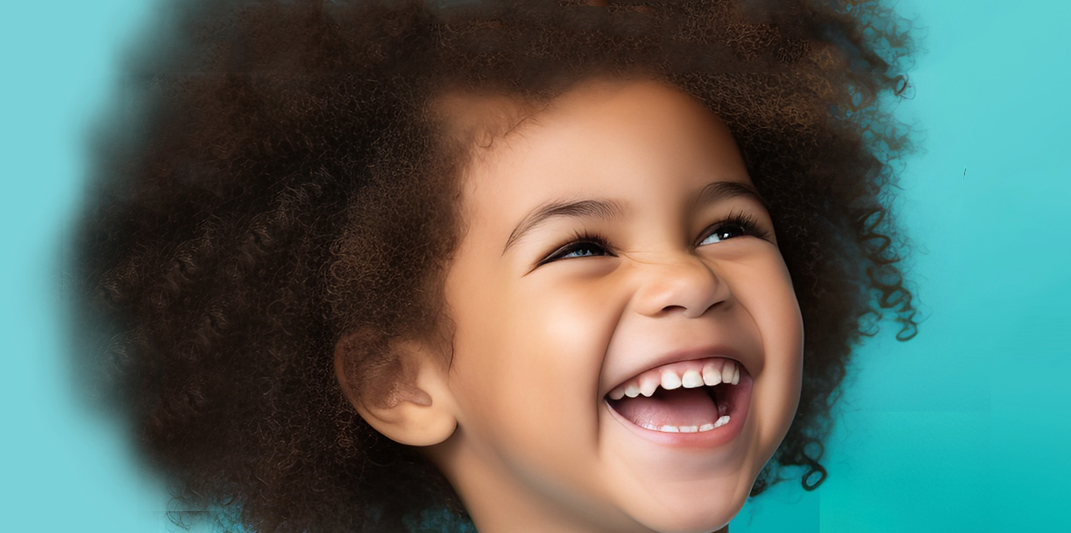What is Malocclusion?
Malocclusion is a dental term referring to the misalignment of the teeth of the upper jaw with the teeth of the lower jaw. The word malocclusion literally means “bad bite”.
What are the types of malocclusion?
The different types of malocclusion are:
- Crowding: The teeth are close together and overlap each other. Crowding occurs when the teeth are larger or if the jaw is smaller.
- Spacing: There are large, uneven spaces between the teeth. Spacing is caused by missing teeth, smaller teeth or a smaller jaw.
- Rotation: Rotation is when the tooth turns out of its proper position.
- Transposition: This is when teeth erupt in one another’s place.
What are the causes of malocclusion?
The causes of malocclusion include:
- Oral habits such as thumb sucking, tongue thrusting, mouth breathing, or prolonged use of the feeding bottle can cause frequent pressure on the teeth and may slowly move the teeth out of place
- Too much or too little space in the jaw
- Extra teeth, lost teeth or abnormally shaped teeth
- Dental caries or periapical infection leading to tooth loss can alter eruption of the permanent teeth
- Irregular jaw size and shape
- Premature loss of teeth
- Severe injury which leads to misalignment of the jaws
What are the signs and symptoms of malocclusion?
Symptoms of malocclusion in primary teeth include:
- Crooked teeth
- Problems with eating or speaking
- Protruding teeth
- Slurred speech – trouble saying certain words
- Permanent teeth erupting in the wrong position
- Difficulty with brushing
- Abnormal appearance of the face
What if malocclusion is left untreated?
If left untreated, malocclusion can cause problems with the child’s bite, gum tissue, jaw joint, speech development and appearance.
How is malocclusion diagnosed?
A dentist usually checks for malocclusion in children during regular dental visits. Diagnosis of malocclusion is based on the following:
- Oral examination to determine the teeth placement, growth asymmetries between the teeth and jaws, contact between the upper and lower teeth
- History of any oral habits
- X-rays of the face and teeth
- Photographs of the mouth and face are taken to evaluate their profile.
- Impressions of the patient’s teeth and bite from which plaster, plastic or artificial stone models are then prepared. These models duplicate the patient’s teeth and are very useful in treatment planning.
What are the treatment options for malocclusion?
Malocclusion is treated by orthodontic treatment. This is the branch of dentistry that manages the growth and correction of dental and facial structures. Orthodontic treatment uses appliances, teeth removal, or surgery. The orthodontist will time the treatments to match the child’s natural growth. The treatments may include
- Extraction: This is the removal of some baby teeth to help in severe crowding.
- Braces: These are appliances that correct dental irregularities and are commonly used in the treatment of malocclusion. These apply constant gentle force to slowly change the position of teeth, straighten them and properly align them with the opposing teeth.
- Removable appliances: Retainers made of plastic and wires are used and the appliance can be inserted and removed by the child.
- Retainers: These are appliances that are used once the teeth have moved to their new position. Braces are removed before inserting the retainer. Retainers do not move teeth, they only stabilize them in their current position.
- Jaw surgery: In some cases, the child may need jaw surgery to correct the bite problem when the bones of the jaw are involved in the malocclusion problem.






